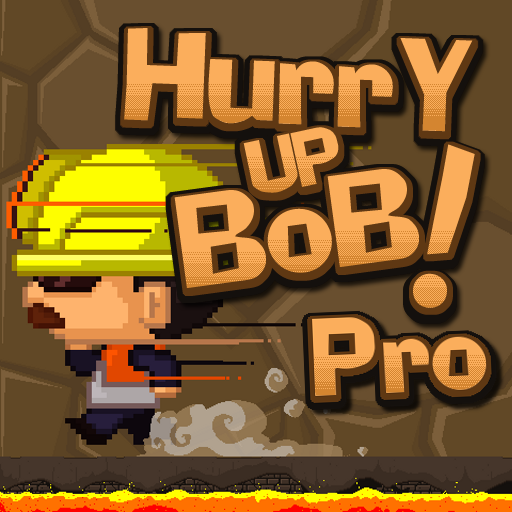I’m finishing up October with 14 rides, tying with July and April. In keeping with this somewhat off-year of riding, it’s fewer rides in October than I had in 2008, 2009 or 2010. I’m at 130 rides on the year. My goal for the year is 150, which should be doable.
A couple weeks ago, I picked up a couple of Two Fish BikeBlocks. These are rubber blocks with velcro straps, meant for securing a frame pump to your frame. The Bikeblocks do a decent job. They’re a bit pricey at around $7 each, and unless your pump is 6″ long or shorter, you’re going to need two of them. They do a good job of keeping the pump in one place; my commute has some bumpy stretches, and I didn’t have any problem with the pump sliding or moving around. The blocks stand the pump off around 1″ away from the frame, which could be problematic with certain frames. On my single speed, the most logical place to mount the pump would be on the underside of the top tube; however, while it did fit, the rear brake cable rubbed against the Bikeblocks, which would have worn them down over time. My next try was the seat tube, where I have a water bottle cage, so I had to mount the pump so it stuck out to the side. This put it too close to my legs, to where I kept brushing against it. The lower part of the downtube was a no-go too; the pump didn’t clear the crank arm. I ended up putting the pump on the side of the downtube, above the bottle cage. I had to tilt it slightly towards the front to keep my knee from brushing it during standing climbs; and in this position, there’s only about ½” clearance between the pump and the pedal, and the top of the pump is ½” or so from the front fender. It’s a tight squeeze, but it fits, and it gets the pump out of my side pannier, which was my goal. I’ll ride with it like this for awhile and see how it works out long-term.







